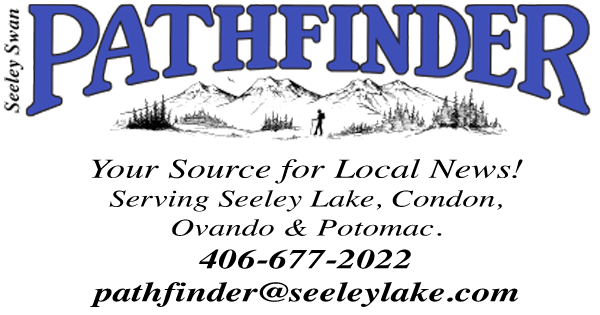
While the title alone should interest us in Christopher Preston’s latest book, I found it to be a remarkable and engrossing read. Once started, it is difficult to put down, and for those of us in our valley who live close to nature, it is optimistic as well as cautionary, and challenges us in surprising ways. Preston will be reading from his new book, “Tenacious Beasts” at Alpine Artisans’ Open Book Club 7 pm, Oct. 21 at the Seeley Lake Foundation Building. The event is free and everyone is welcome.
Species which have rebounded against overwhelming odds, from bears in the Apennine Mountains of Italy to wolves in our own neighborhood, show the determination of life to continue. They also show the unexpected positive benefits that accompany these recoveries. Whales, the largest mammals on the planet, assist in “transporting nutrients” across vast distances. On a smaller scale, species of fish, such as salmon, are also moving nutrients inland when they swim upstream to spawn. Preston has fascinating examples from salmon fisheries, and those of us who appreciate the rehabilitation of these species should be awed at the tedious and complex nature of the work involved.
Sea otters and beavers have their stories as well, and they are equally compelling. However, Preston is an environmental philosopher, and the philosophical dimension of this book requires us to rethink what these success stories mean, and how we relate them to an ever more complex world. Does the fact that the American Bison has some cattle DNA make them less wild? Or, how do we handle an invasive species, such as the barred owl, that on its own is complicating the efforts to help an endangered species, the spotted owl, recover?
Some of Preston’s studies show a very extensive human involvement in nurturing our tenacious beasts, to the point of pruning apple trees for bears. This is done in Italy but most certainly would not be done in Western Montana; in Italy the bear is being assisted in recovering, and in our neighborhoods we want to have some limits on how many bears are around. Different ecosystems mean different human interventions, but fundamentally we are still talking about interactions between animals and humans.
It is worth remembering, as Preston points out, that our first efforts to save our diminishing wild species involved separating human from animal. Wilderness areas and wildlife parks in North America and Europe were seen as a way to create a boundary. This exclusivity of territory, unnatural in itself, is clearly not sustainable in a world of 8 billion people. The landscape needs to be shared, and the remarkable recoveries described in this book show that such sharing is possible. As suggested by Preston’s subtitle however, we need to change how we think about animals. This book is an excellent guide on doing just that.
